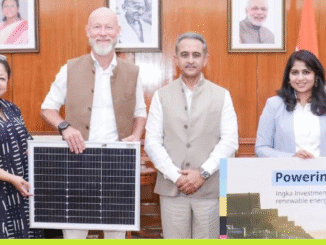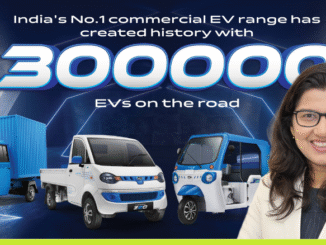
Revolutionizing India’s Transport Landscape
Union Minister of Road Transport and Highways, Nitin Gadkari, has unveiled a visionary and comprehensive roadmap to transform India’s mass mobility infrastructure. The plan focuses on next-generation electric rapid transport systems, hyperloop networks in urban areas, and ropeways, cable cars, and funicular railways in remote and inaccessible terrains. This ambitious agenda aims to revolutionize how India travels, balancing urban modernization with rural connectivity.
“We are driving innovation. A revolution in mass mobility is underway,” said Gadkari, emphasizing the scale and speed of the transformation.
Massive Highway Expansion and Modernization
A key pillar of the plan is the upgradation of 25,000 km of two-lane highways into four lanes, significantly enhancing road capacity and safety. The government is also targeting an unprecedented road construction pace of 100 km per day, reflecting a war-footing approach to infrastructure development.
Additional highway safety and efficiency measures include:
- Introduction of AI-based monitoring and camera systems
- Use of precast construction methods to accelerate project delivery
- Installation of 3-foot-high road barriers for enhanced safety
- Proposal to plant 20–25 crore trees along highways as part of a “tree bank” initiative to improve environmental sustainability
Cutting-Edge Urban Mobility Solutions
The mega mobility plan envisions futuristic urban transport solutions, including:
- Hyperloop pilot projects in cities like Delhi and Bengaluru, promising ultra-fast, efficient transit
- Metrino pod taxis and elevated pillar-based rapid transit networks to ease urban congestion
- Cable-run buses and electric rapid mass transit systems with airplane-like comfort and efficiency
These initiatives aim to make urban travel faster, greener, and more accessible, leveraging advanced technology and innovative design.
Enhancing Connectivity in Remote and Hilly Areas
Recognizing the challenges of India’s diverse geography, the plan includes the development of 360 ropeway and funicular railway projects across the country, with 60 already underway. These systems combine elevator and railway technologies to transport people and goods efficiently on steep inclines, improving accessibility in mountainous regions such as Kedarnath.
Introducing Premium Electric Buses for Intercity Travel
In Nagpur, tenders have been floated for 135-seater electric buses capable of speeds up to 120–125 km/h. These buses will feature premium amenities like air conditioning and comfortable seating, with fast charging times of 30–40 minutes. After successful trials, they are expected to operate on major intercity routes such as Delhi–Jaipur and Mumbai–Pune, offering a sustainable alternative to short-haul flights and conventional buses.
Supporting Green Mobility and Innovation
Beyond infrastructure, Gadkari’s plan includes:
- Development of flex-fuel engines by 11 leading automakers, including Tata, Toyota, Hyundai, and Mahindra, reducing fossil fuel dependence
- Implementation of mobile-based driving tests to improve licensing efficiency
- Use of AI and drone technology for road safety monitoring and enforcement
- Creation of a “tree bank” to offset carbon emissions and enhance roadside greenery
Financial Scale and Impact
The projects under this mega mobility plan range from ₹200 crore to ₹5,000 crore each, reflecting significant investment in India’s transport future. Once completed, these initiatives are expected to:
- Boost economic growth by improving logistics and connectivity
- Enhance quality of life with safer, faster, and greener transport options
- Bridge the urban-rural divide by connecting inaccessible regions
- Position India as a leader in sustainable and smart mobility solutions
A Bold Vision for India’s Transport Future
Nitin Gadkari’s mega mobility plan lays out a bold and comprehensive blueprint to modernize India’s transport infrastructure across urban and rural landscapes. By integrating cutting-edge technologies like hyperloop and electric rapid transit with practical solutions such as ropeways and highway expansion, India is set to embark on a transformative journey toward sustainable, inclusive, and efficient mass mobility.






